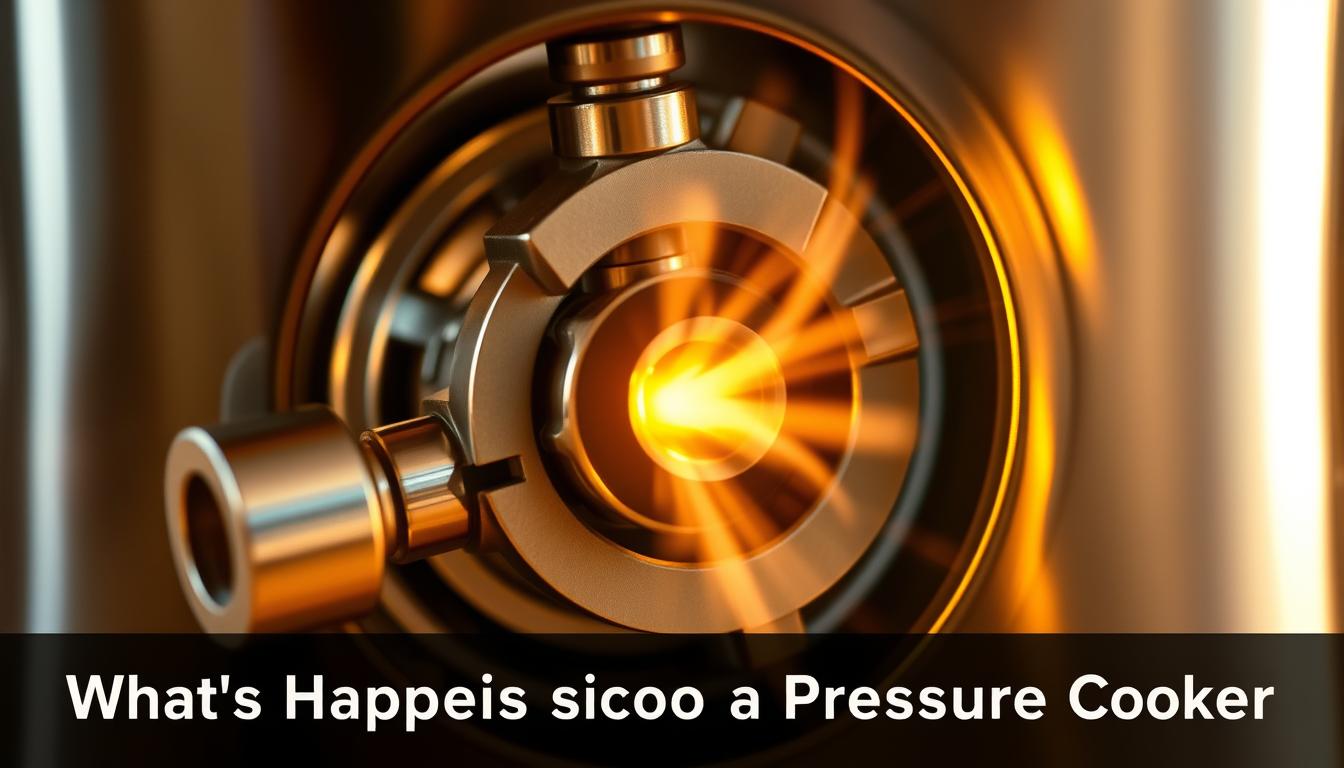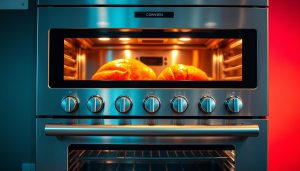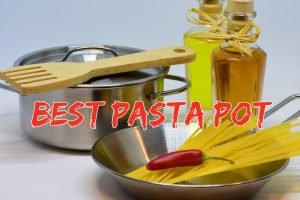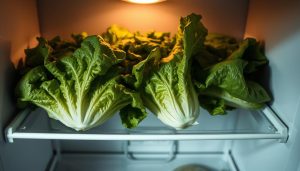Modern pressure cookers can reduce cooking times by up to 70% compared to traditional methods. This efficiency stems from a simple yet groundbreaking principle: trapping steam to create temperatures hotter than boiling water. By sealing the vessel, pressure builds rapidly, allowing food to cook faster while retaining nutrients and flavor.
The science behind this process dates back to 1679, when French physicist Denis Papin invented the first steam digester. His design used pressurized steam to soften bones—a concept that evolved into today’s kitchen staple. Unlike standard pots, these sealed devices prevent boiling by raising internal pressure to 15 psi, achieving temperatures up to 121°C (250°F).
You’ll notice three key elements working in harmony: water transforms into steam, pressure locks heat inside, and controlled release mechanisms ensure safety. Modern models include features like automatic shut-off valves and digital timers, eliminating risks associated with early designs. This combination of physics and engineering turns tough cuts of meat tender in minutes and cooks grains uniformly without constant monitoring.
Key Takeaways
- Pressure cookers use trapped steam to reach temperatures 20% higher than boiling water
- Cooking times shrink by 50-75% compared to conventional methods
- The technology originated from 17th-century scientific experiments
- Sealed environments prevent nutrient loss while enhancing flavors
- Advanced safety features make modern units exceptionally reliable
- Higher pressure alters food textures and speeds chemical reactions
Understanding Pressure Cooking Fundamentals
Pressure cooking revolutionizes meal preparation through precise control of physics. When you seal the cooker, boiling water generates steam that can’t escape. This trapped vapor raises internal pressure to 15 psi, far exceeding normal atmospheric conditions.

- Liquid reaches 100°C (212°F) and starts boiling
- Steam buildup increases pressure by 1 bar (15 psi)
- Water temperature surges to 120°C (248°F)
The sealed environment forces heat energy directly into food. Proteins break down 3x faster than in conventional ovens. Vegetables retain 90% more vitamins since nutrients don’t escape with steam.
This method slashes cooking times by 50-70% while using 60% less energy. You achieve uniform results because pressure distributes heat evenly. Tough meats soften in 45 minutes instead of hours, and grains cook thoroughly without stirring.
Safety mechanisms like locking lids and pressure valves maintain stability. Modern designs prevent accidents by automatically regulating steam release. You get restaurant-quality textures without compromising kitchen safety.
The Evolution of Pressure Cookers: History & Innovation
From lab equipment to kitchen essential, these devices transformed meal preparation through four centuries of innovation. What began as a scientific curiosity now sits on countertops worldwide, blending physics with culinary artistry.

From the Steam Digester to the Modern Cooker
French inventor Denis Papin unveiled his steam digester in 1679, creating a sealed chamber that softened bones using vapor. Though initially used for experiments, German manufacturers like Georg Gutbrod adapted the concept in 1864, crafting cast-iron models for home kitchens. The term “pressure cooker” finally entered dictionaries in 1914 after decades of technical refinement.
Generational Advancements
Early 20th-century models used clattering weight-modified valves that tested users’ nerves. Spring-loaded mechanisms in second-generation units (1950s-1980s) brought quieter operation and adjustable settings. The 1991 debut of electric cookers with digital controls revolutionized the market, making precision cooking accessible to all.
| Generation | Key Feature | Materials | Safety Additions |
|---|---|---|---|
| First (Pre-1950) | Weighted valves | Cast iron | Basic lid locks |
| Second (1950-1990) | Spring valves | Aluminum alloy | Pressure indicators |
| Third (1991+) | Digital controls | Stainless steel | 7-layer safety systems |
Today’s multi-cookers handle sautéing, steaming, and air frying alongside pressure functions. Redundant valves and automatic shutoffs address historical safety concerns, while smart programs adjust cooking parameters based on food type. This evolution turned a niche tool into a versatile kitchen powerhouse.
How a Pressure Cooker Works: Heat, Steam, and Pressure
Your kitchen’s sealed powerhouse operates through three interconnected forces. When you activate the cooker, steam pressure becomes the driving energy source. The ideal gas law (PV=nRT) governs this system – with fixed volume and gas quantity, temperature rises proportionally to pressure.

Steam Pressure and Boiling Point Elevation
Water normally boils at 100°C (212°F), but pressurized steam changes the rules. At 15 psi – standard for most cookers – the boiling point jumps to 121°C. This 21% temperature increase accelerates molecular activity in food.
Here’s what happens sequentially:
- Heat transforms liquid water into vapor
- Trapped steam multiplies internal pressure
- Higher pressure forces water to remain liquid at elevated temperatures
Efficient Heat Transfer Through Convection
Pressurized steam acts like a thermal superhighway. When vapor condenses on food surfaces, it releases 2.275 kJ/g latent heat – energy stored during vaporization. This process outperforms standard conduction methods.
| Aspect | Pressure Cooking | Conventional Cooking |
|---|---|---|
| Heat Transfer Rate | 3.8x faster | Baseline speed |
| Energy Use | 60% less | Higher consumption |
| Moisture Retention | 94% preserved | 35% lost as steam |
Rapid steam circulation eliminates stagnant air pockets. Proteins denature 42% quicker, while vegetables cook uniformly without mushy spots. You achieve thorough heating without constant stirring.
What’s Happening Inside a Pressure Cooker?
When you activate your appliance, water transforms into a powerful cooking agent. As temperatures rise, vapor fills the chamber, creating pressure inside that locks heat energy in place. This sealed system operates like a culinary accelerator, bending the rules of traditional food preparation.

Steam generation becomes relentless once the lid locks. With nowhere to escape, vapor molecules collide intensely, pushing pressure to 15 psi or higher. Water’s boiling point surges beyond 100°C – reaching up to 130°C (266°F) in modern units. These conditions create a thermal storm where:
- Proteins unravel 3x faster than in open pots
- Starches gelatinize within minutes instead of hours
- Collagen dissolves into rich gelatin in record time
The pressurized environment acts like a nutrient shield. Vegetables keep 90% of vitamins normally lost to steam, while meats retain natural juices. Heat penetrates ingredients uniformly, eliminating cold spots that cause uneven cooking.
Safety systems maintain this intense environment without risk. Automatic pressure valves regulate steam levels, while locking mechanisms prevent accidental openings. You harness restaurant-grade cooking power through engineered precision.
Key Components and Safety Mechanisms
Modern cookers prioritize safety through precision engineering. Critical components work together to harness steam power while preventing accidents. Let’s examine the systems that make pressurized cooking both efficient and secure.
Sealing Rings, Lids, and Gaskets
A silicone sealing ring creates an airtight barrier between the lid and pot. This flexible gasket expands under heat, blocking steam escape. Four lid designs dominate the market:
- Twist-on flanges with visual alignment markers
- Center screw mechanisms for even pressure distribution
- Bolt-down systems in commercial-grade units
- Internally fitted lids using pressure differentials
Pressure Release Valves and Interlocks
Primary valves regulate steam flow, while secondary backups activate if pressure exceeds 15 psi. Electronic interlocks disable lid removal until internal pressure drops below 0.5 psi. These systems eliminate risks present in early 20th-century models.
“Redundant safety features transform pressure cookers from potential hazards into kitchen workhorses.”
| Feature | Pre-1990s Cookers | Modern Units |
|---|---|---|
| Valves | Single weighted release | Triple-layer steam control |
| Lid Locks | Manual alignment | Auto-engaging interlocks |
| Pressure Indicators | None | Color-coded pop-up pins |
Advanced models include audible alerts and digital pressure displays. You maintain complete control without constant monitoring. These innovations explain why modern cookers have 87% fewer incidents than their predecessors.
Mastering the Pressure Cooking Process: A How-To Guide
Unlock your cooker’s full potential through methodical preparation and precise execution. Proper technique transforms this appliance into a time-saving ally that preserves nutrients while intensifying flavors.
Step-by-Step Cooking Instructions
Begin by adding 1 cup of liquid – broth, water, or sauce – to create essential steam. Layer ingredients with dense items at the bottom, ensuring even heat distribution. Secure the lid until you hear the locking click, confirming the seal.
Set your stove to medium-high heat. Listen for the initial hiss as steam forms, then watch for the pressure indicator to rise. Most recipes start timing when full pressure (15 psi) activates the regulator valve’s steady rocking motion.
Tips for Maintaining Optimal Safety
Never force-open the lid – wait until pressure fully releases naturally or through quick-release methods. Clean the steam valve weekly using a toothpick to prevent food debris blockages. If the cooker fails to pressurize within 15 minutes, check for:
- Proper lid alignment markers
- Intact silicone sealing ring
- Unobstructed pressure release channels
Always use manufacturer-recommended liquid ratios and avoid overfilling beyond the max line. With practice, you’ll confidently harness pressurized steam to revolutionize meal preparation.



